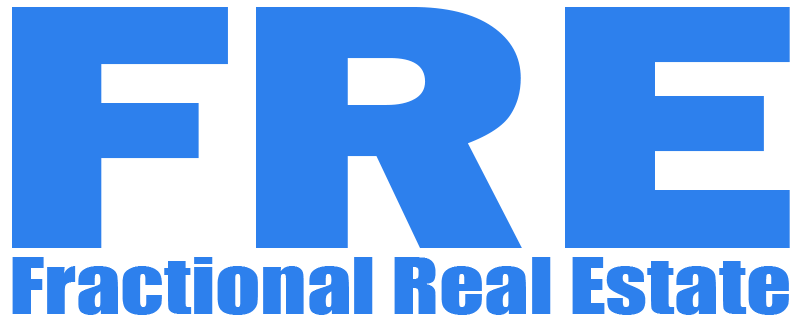Homebuyers may find it difficult to navigate the Real Estate Regulation and Development Act (REG), but doing so is essential to protecting your investment and helping you make wise selections. You will gain a thorough understanding of RERA main features and how it affects you as a house buyer by reading this extensive guide.
Overview of RERA
In the Indian real estate industry, the Real Estate Regulation and Development Act (RERA), passed in 2016, is a seminal piece of law. It seeks to safeguard homebuyers and increase real estate investments by encouraging efficiency, accountability, and transparency. You can steer clear of potential hazards and make well-informed judgments by navigating the RERA.
Important RERA Features
Understanding the RERA’s main components is necessary to navigate it:
- Tribunals and Regulatory Authorities
Real Estate Regulatory Authorities (RERAs) and appellate tribunals are present in every state and union territory. Homebuyers can more easily seek restitution from these authorities because they oversee compliance and handle complaints. - Registration of Projects
Before advertising or making sales, promoters are required to register their projects with the relevant RERA. This lowers the possibility of fraud by guaranteeing that buyers may only access projects that have been approved and confirmed. - Openness and Disclosure
All project information, including layout designs, permissions, the status of the land title, and completion dates, must be disclosed by the promoters. Homebuyers are empowered with vital knowledge thanks to this transparency. - Standardization of Carpet Area
In order to eliminate disparities and guarantee that purchasers are aware of the precise usable space they are paying for, RERA requires a standard definition of carpet area. - On-time Project Finish
In order to guarantee that homeowners receive their residences on schedule, RERA imposes severe fines on promoters for project delays. - Funds Escrow Account
70% of the project funds must be deposited by the promoters into an escrow account that will only be utilized for land and building expenses. This guards against financial abuse and safeguards the investments made by buyers.
Advantages for Property Purchasers
For homebuyers, navigating the RERA has various advantages:
- Improved Defense
RERA provides customers with protection against fraudulent tactics and accountability through required registration and severe penalties for non-compliance. - Making Well-Informed purchases: By having access to thorough project data and a consistent carpet area specification, purchasers can minimize uncertainty by making well-informed purchases.
- Quick Takeover
Homebuyers can make better plans because of RERA’s emphasis on speedy project completion, which gives them certainty about possession dates. - Redress of Grievances
The existence of regulatory bodies and tribunals provides a strong framework for handling complaints and effectively settling conflicts.
Ways to Handle the RERA Procedure
A few crucial phases are involved in navigating the RERA process:
- Check the Status of the Project Registration
Verify that the project is registered with the appropriate state RERA before committing to anything. This data is available on the official RERA website. - Examine the project’s specifics.
Examine all project information that has been made public, including schedules, layout designs, and approvals. Make sure that all of the information is current and accurate. - Recognize Your Rights
Learn about the rights you have under the RERA, including the rights to prompt possession, transparency, and protection from deceptive advertising. - Register grievances if required
In the event that any problems arise, like delays or inconsistencies, report them to the RERA authority. They have an obligation to immediately resolve your complaints. - Consult a Lawyer
When dealing with complicated matters, think about getting legal counsel from a real estate law expert. This can safeguard your interests and assist you in navigating the procedure more skillfully.
In summary
For homebuyers to make sure their investments are secure and well-informed, they must understand the RERA. You may make judgments with confidence and steer clear of potential hazards if you are aware of the main characteristics and advantages of RERA. Don’t forget to confirm project registration, go over all the information, be aware of your rights, and ask for help when you need it. You can secure your ideal house and traverse the RERA landscape with ease if you take this proactive strategy.


